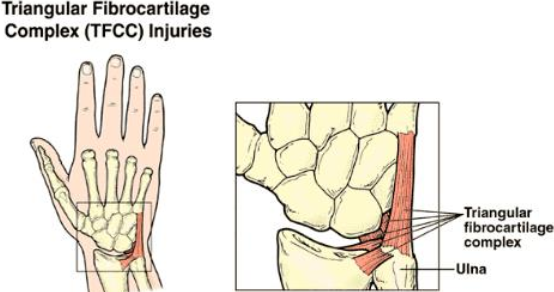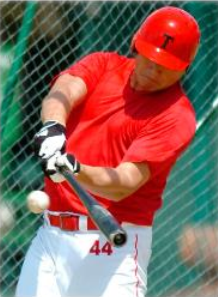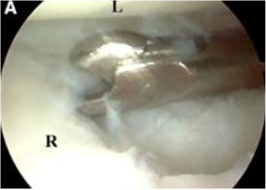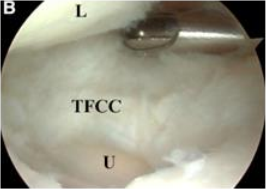Elbow/Wrist
 Elbow/Wrist Triangular Fibrocartilage Complex (TFCC)
Elbow/Wrist Triangular Fibrocartilage Complex (TFCC)





Copyright 2019 by Sunsoochon Hospital. All Right Reserved.
B1, F3~F7, 76, Olympic-ro, Songpa-gu, Seoul, Republic of Korea / TEL : 1661-3379 l +82-2-431-3379